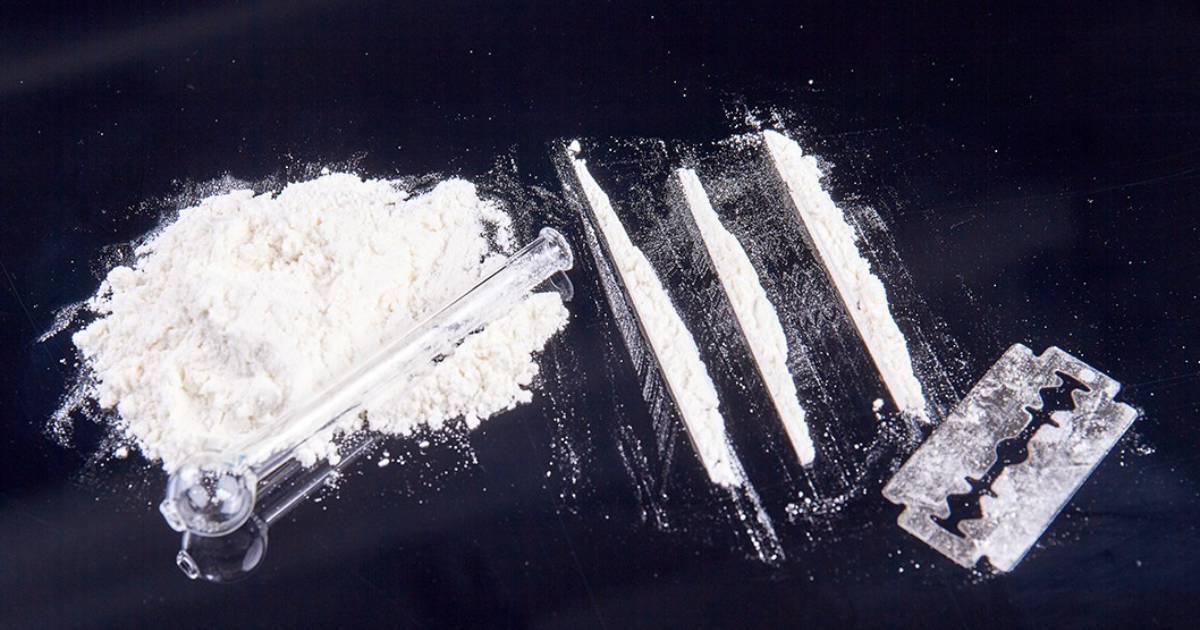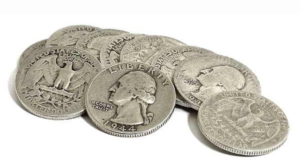Cocaine, a powerful stimulant drug derived from the coca plant, is infamous for its potent effects and potential for abuse. While many people are familiar with the physical and psychological effects of cocaine, fewer know what it smells like. Understanding the scent of cocaine can be useful for various reasons, from identifying it in a potential drug testing scenario to recognizing it in law enforcement contexts. This blog will delve into what cocaine smells like, how its odor can vary, and why these differences occur.
Understanding Cocaine And Its Forms
Before we dive into the scent, it’s essential to understand the different forms of cocaine. Cocaine primarily comes in two forms: powder cocaine and crack cocaine. Each form has a distinct appearance, texture, and, importantly, odor.
Powder Cocaine
Powder cocaine, often referred to simply as “coke,” is the most common form of the drug. It appears as a fine, white powder. This form of cocaine is usually snorted, but it can also be dissolved and injected. The smell of powder cocaine can be subtle, often described as having a faintly chemical or medicinal odor. It’s not always easy to identify by smell alone, especially if it’s mixed with other substances or cut with impurities.
Crack Cocaine
Crack cocaine is another form of the drug, made by processing powder cocaine with baking soda and water. It appears as solid crystals or chunks and is typically smoked. Crack cocaine has a more noticeable and distinctive odor compared to powder cocaine. The smell is often described as a strong, acrid scent, sometimes likened to burnt plastic or chemicals.
Factors Affecting The Smell Of Cocaine
Several factors can influence the odor of cocaine:
Purity
The purity of cocaine plays a significant role in its smell. High-purity cocaine, especially in its powder form, may have a more subtle odor compared to lower-purity forms. When cocaine is cut with other substances, these cutting agents can alter its smell. Some impurities might add a more pungent or unusual odor to the drug.
Form and Processing
As mentioned earlier, the form of cocaine affects its scent. Powder cocaine generally has a lighter, less distinctive odor, while crack cocaine has a more intense smell. The processing method used to create the crack form can introduce various chemical scents, which may be more noticeable during smoking.
Storage and Age
How cocaine is stored and how old it is can also impact its smell. Cocaine that has been stored for a long time may develop a musty or stale odor. Exposure to air and moisture can lead to chemical changes that affect the drug’s scent.
Recognizing Cocaine by Its Smell
Powder Cocaine
If you encounter powder cocaine, you might notice a faint chemical or medicinal odor. This smell is usually not very strong, so it can be challenging to detect unless you are very familiar with it. It’s often described as being somewhat similar to the smell of certain over-the-counter medications or industrial chemicals.
Crack Cocaine
Crack cocaine, on the other hand, is easier to identify by its smell. When crack cocaine is smoked, it produces a distinct, acrid odor that many people find unpleasant. This smell can resemble burnt plastic or chemical fumes and is often compared to the smell of burnt rubber or sulfur. If you detect this kind of smell, it could indicate the presence of crack cocaine.
Safety And Legal Concerns
It’s crucial to remember that cocaine is an illegal substance in most countries, and its possession, distribution, or use carries serious legal consequences. If you suspect someone is using or dealing with cocaine, it’s important to handle the situation with caution and contact the relevant authorities.
For individuals working in law enforcement or drug testing, recognizing the smell of cocaine can be a useful skill. However, relying solely on smell is not sufficient for accurate identification. For definitive results, laboratory testing is necessary.
Conclusion
In summary, the smell of cocaine varies between its two primary forms. Powder cocaine typically has a faint, chemical odor that can be difficult to detect, while crack cocaine has a stronger, more acrid scent. Various factors, including purity, processing, and storage, can influence the odor of cocaine. Understanding these nuances can be helpful in various contexts, from personal safety to professional drug testing.




